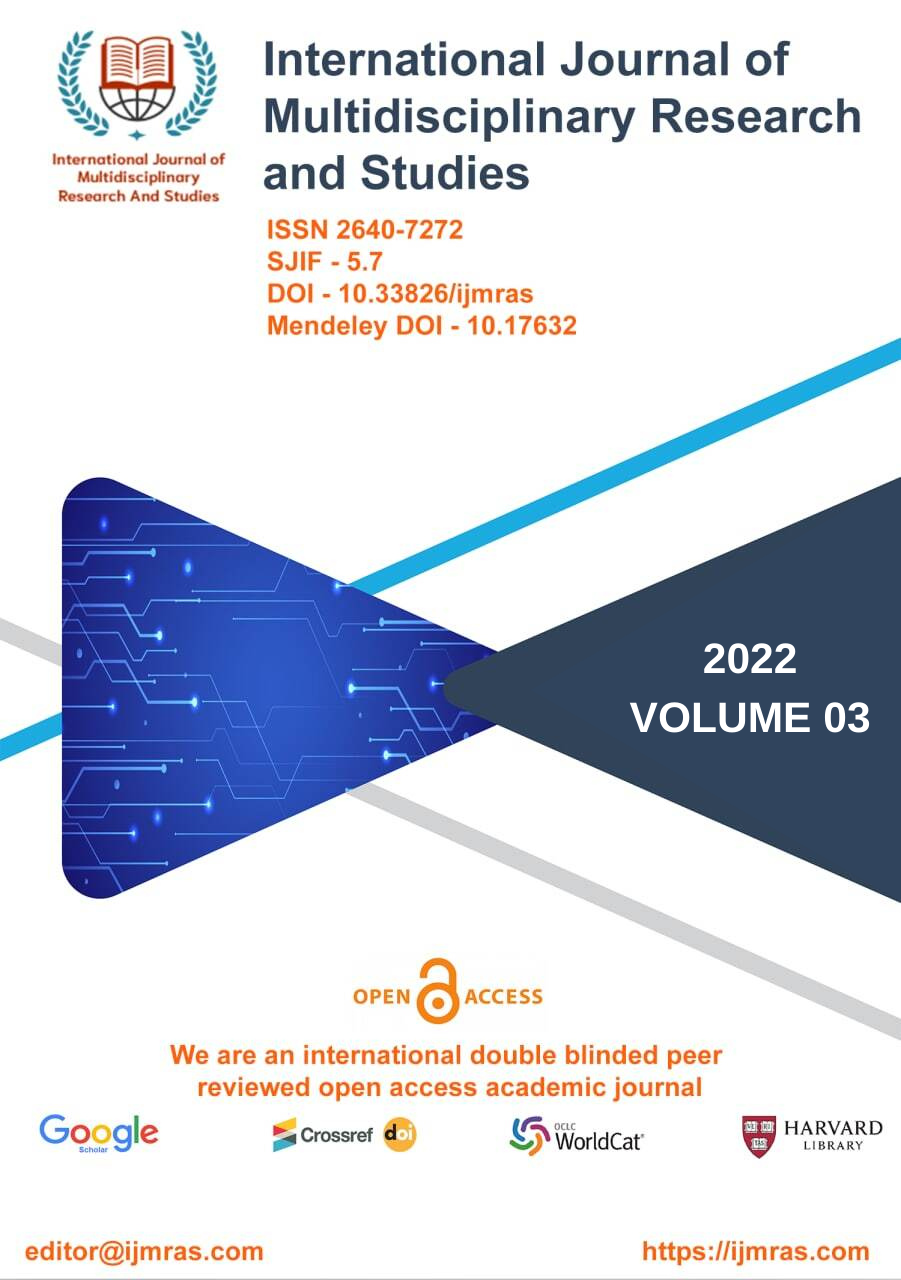SYSTEM-WIDE ROUTING BASED MECHANISMS FOR ALLOCATING SERVICE QUALITY

Abstract
Especially because of the growing use of mobile computing devices, the exchange of data has evolved into an essential element of our daily lives and was crucial to the operation of many computer programmers. To enable the communication features built into these apps, the underlying computer networks must meet a wide range of requirements. The latency or completion time of data transfer can be used to measure these needs, which are also referred to as Quality of Service (QoS) requirements. To maintain the appearance of a real-time connection, teleconferencing systems, for example, require that audio and visual data be provided with as minimal packet delay as feasible. Videos must be streamed over a large quantity of bandwidth in order for there to be little to no buffering while they are being viewed. In the absence of this, the playback of the video will be interrupted at the receiving end.
Keywords
Routing, Mechanisms, Allocating, , Quality of ServiceHow to Cite
References
ITU-T, “One way transmission time, itu-t recommendation g. 114, ” 2003. Available an HTTP: //www. itu. int/rec/T-REC-G. 114-200305-I.
R. Braden, D. Clark, andS. Shenker, “Integrated services in the internet architecture: an overview. rfc1633, ”1994.
L. Zhang, S. Berson, S. Herzog, and S. Jamin, “Resource reservation protocol (rsvp)–version1functionalspecification. rfc2205, ”1997.
X. Xiao and L. M. Ni, “Internet QoS: A big picture, ” IEEE Network, vol. 13, no. 2, pp. 8–18, 1999.
K. Nichols, D. L. Black, S. Blake, and F. Baker, “Definition of the differentiated services field (ds field) in the IPV 4 and ipv6 headers. rfc2474, ”1998.
Z. Wangand J. Crowcroft, “Quality-of-service routing for supporting multimedia applications, ” IEEE Journal on selected areas in communications, vol. 14, no. 7, pp. 1228–1234, 1996.
S. Chen and K. Nahrstedt, “An overview of the quality of service routing for next-generation high-speed networks: problems and solutions, ” IEEE Network, vol. 12, no. 6, pp. 64–79, 1998.
M. Curado and E. Monteiro, “A survey of QoS routing algorithms, ” in proceedings of the International Conference on Information Technology (ICIT2004), Istanbul, Turkey, 2004.
F. Kuipers, P. Van Mieghem, T. Korkmaz, and M. Kranz, “An overview of constraint-based path selection algorithms for QoS routing, ”IEEE Communications Magazine, vol. 40, no. 12, pp. 50–55, 2002.
T. Korkmaz and M. Kunz, “Multi-constrained optimal path selection, ”in IEEE INFOCOM, vol. 2, pp. 834–843, Citeseer, 2001.
A. Juttner, B. Szviatovski, I. M´ecs, andZ. Rajko, “Lagrange relaxation based method for the QoS routing problem, ” in INFOCOM 2001. TwentiethAnnualJointConferenceoftheIEEEComputerandCommunicationsSocieties. Proceedings. IEEE, vol. 2, pp. 859–868, IEEE, 2001.
X. Masip-Bruin, M. Yannuzzi, J. Domingo-Pascual, A. Fonte, M. Curado,
E. Monteiro, F. Kuipers, P. Van Mieghem, S. Avallone, G. Ventre, etal. , “Research challenges in QoS routing, ” Computer communications, vol. 29, no. 5, pp. 563–581, 2006.
S. Chen, M. Song, and S. Sahni, “Two techniques for fast computation of constrained shortest paths, ” IEEE/ACM Transactions on Networking (TON), vol. 16, no. 1, pp. 105–115, 2008. D. Kreutz, F. M. Ramos, P. E. Verissimo, C. E. Rothenberg, S. Azodol molky,
License
Copyright (c) 2020 Akhilesh kumar

This work is licensed under a Creative Commons Attribution 4.0 International License.
Individual articles are published Open Access under the Creative Commons Licence: CC-BY 4.0.



